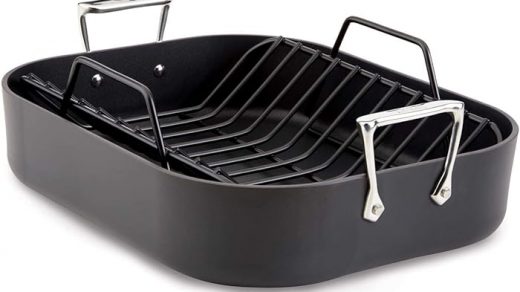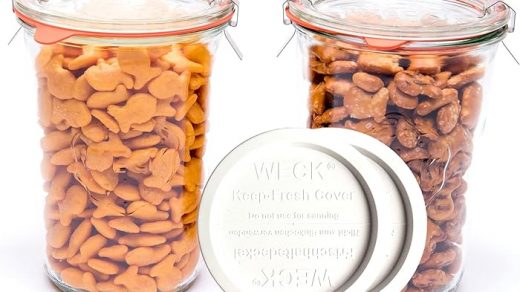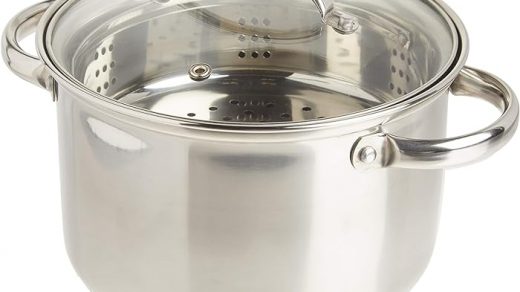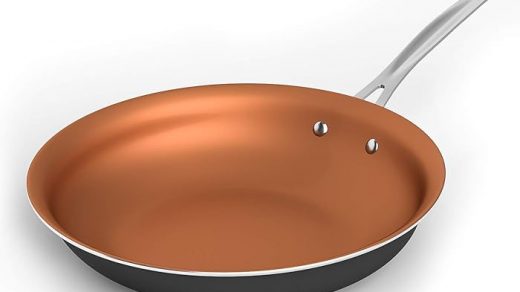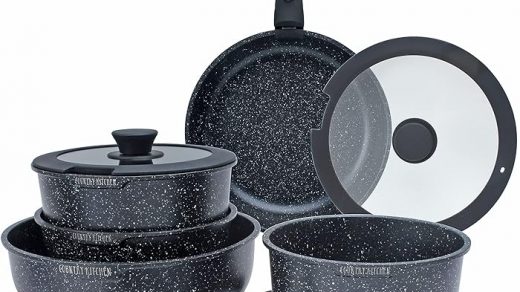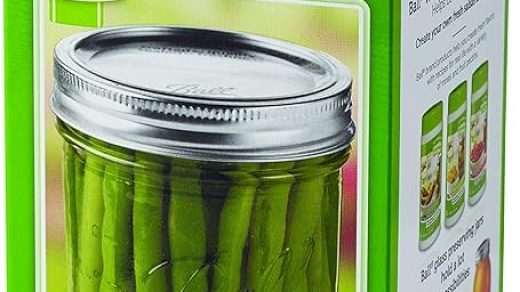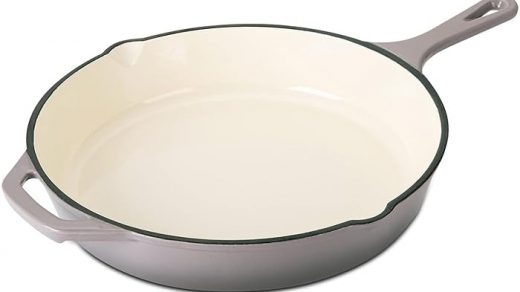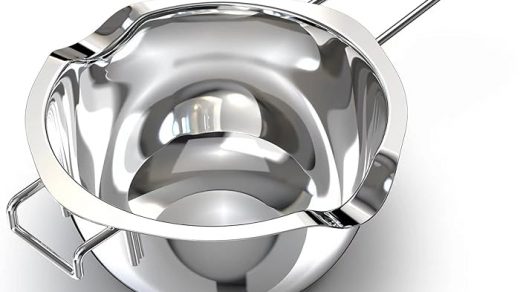When it comes to preserving food or storing items, the choice of container is crucial. Wide mouth jars, especially those from the Ball brand, are a popular pick in Australia. The lids and bands play a significant role in ensuring the contents remain fresh and uncontaminated. This guide delves into the intricacies of these components and offers insights into their proper usage.
Wide mouth jars, as their name suggests, have a broader opening, making them ideal for storing chunky contents or for easy scooping. The Ball brand, renowned for its quality, offers these jars in various sizes, catering to different needs.
However, it’s the bands and lids that often puzzle folks. Here’s a breakdown:
Lids: These are the flat, round pieces that sit atop the jar’s opening. They contain a sealant material that gets activated upon heating, ensuring a tight seal. Once sealed, the lid prevents air and bacteria from entering the jar, preserving the contents.
Bands: These are the metal rings that fit over the lid and screw onto the jar’s threads. Their primary purpose is to hold the lid in place during the sealing process. Once the jar cools after sealing, the band can be removed; the vacuum seal will keep the lid in place.
A common mistake is over-tightening the band during the sealing process. This can prevent air from escaping, leading to an imperfect seal. Another misconception is reusing the lids. Lids are designed for one-time use because the sealant might not work as effectively the second time.
For those seeking to maximise the longevity of their preserved goods, understanding the nuances of these components is vital.
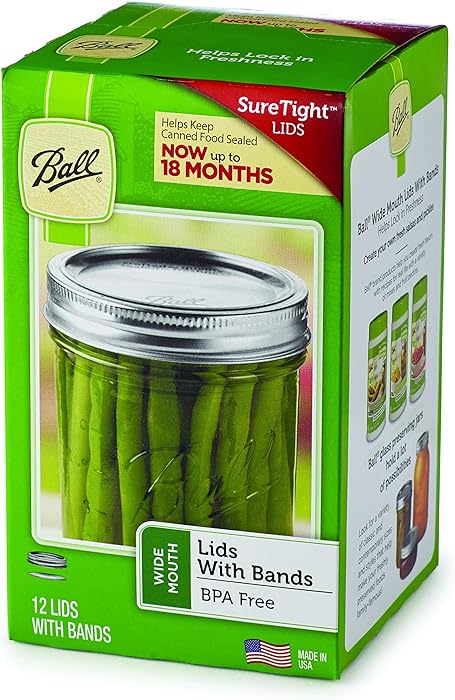
**A:** The band’s primary role is to hold the lid in place during the sealing process.
Q: Can I reuse the lids for my wide mouth jars?
A: No, lids are designed for one-time use. Reusing them might compromise the seal’s effectiveness.
Q: Why shouldn’t I over-tighten the band during the sealing process?
A: Over-tightening can prevent air from escaping, which can lead to an imperfect seal.
